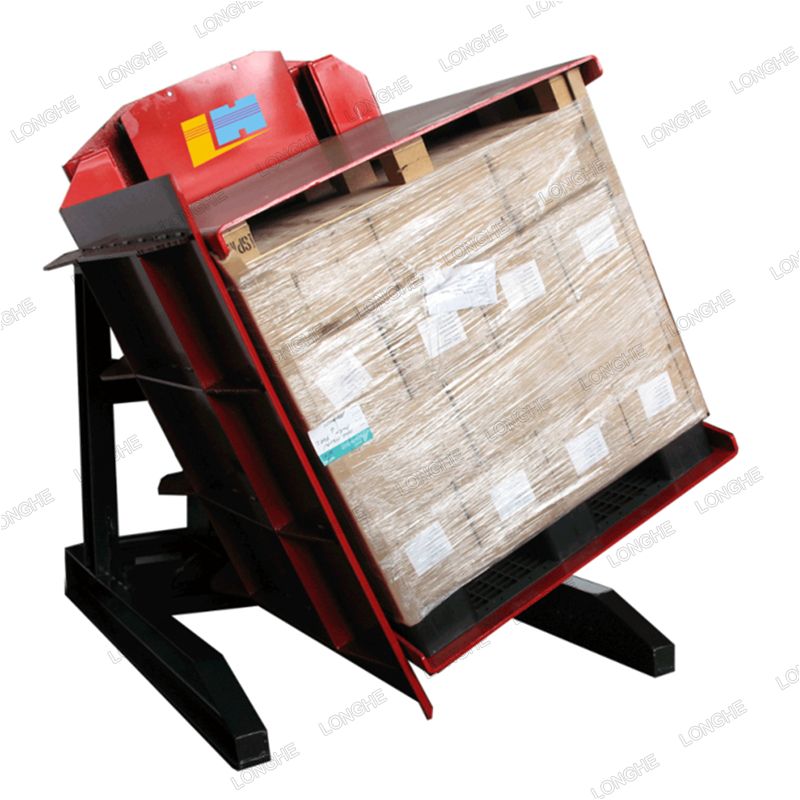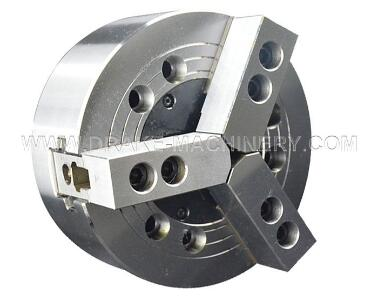Pallet Inverter vs. Pallet Changer: Choosing the Right Solution
In the realm of material handling and logistics, efficiency reigns supreme. Businesses constantly seek innovative solutions to streamline their operations and maximize productivity. Two such solutions that have gained prominence in recent years are Pallet Inverters and Pallet Changers. These devices offer significant benefits in terms of pallet management, but understanding their differences and determining which is better suited for specific applications is crucial. In this comprehensive guide, we delve deep into the intricacies of pallet inverters and pallet changers to help you make an informed decision for your business.

Pallet inverters are versatile machines designed to rotate pallets, facilitating the transfer of goods from one pallet to another. They are commonly used in industries where product orientation or damage prevention during handling is paramount. Pallet inverters come in various configurations, including manual, semi-automatic, and fully automatic models, catering to diverse operational requirements.
Key Features and Benefits
Efficient Rotation:
Pallet inverters enable swift and seamless rotation of pallets, minimizing manual handling and reducing labor costs.
Damage Prevention:
By allowing for gentle handling of goods, pallet inverters help prevent product damage, thus preserving the integrity of valuable inventory.
Improved Ergonomics:
Automating pallet rotation tasks reduces the risk of workplace injuries associated with manual handling, enhancing employee safety and well-being.
Space Optimization:
Pallet inverters optimize storage space by facilitating compact stacking of goods on pallets, maximizing warehouse efficiency.
Exploring Pallet Changers
Pallet changers, on the other hand, are specialized equipment designed to replace damaged pallets with new ones swiftly. They are particularly useful in industries where pallet integrity is crucial, such as food and pharmaceutical sectors. Pallet changers offer a seamless solution for pallet exchange, ensuring smooth material flow within the supply chain.
Key Features and Benefits
Rapid Pallet Replacement:
Pallet changers expedite the process of replacing damaged or contaminated pallets, minimizing downtime and enhancing operational efficiency.
Hygienic Handling:
In industries with stringent hygiene requirements, pallet changers facilitate the use of clean pallets, reducing the risk of contamination and ensuring product safety.
Explore more:Mechanical Parts & Fabrication Services
How GIM Revolutionizes Plastic Manufacturing: Advantages and Applications
What are the different types of hydraulic check valves?
What are the Advantages of Using a Heat Pump for Pool Heating?
Thermal Expansion of Industrial Aluminum Castings
Customization Options:
Pallet changers can be tailored to accommodate various pallet sizes and configurations, providing versatility to meet diverse operational needs.
Cost Savings:
By prolonging the lifespan of pallets and minimizing product losses due to contamination, pallet changers offer substantial cost savings over time.
Pallet Inverter vs. Pallet Changer: Choosing the Right Solution
When evaluating whether a pallet inverter or a pallet changer is the better option for your business, several factors must be considered:
Operational Requirements:
Assess your specific material handling needs, including pallet rotation frequency, pallet damage rates, and space constraints.
Industry Regulations:
Consider industry-specific regulations and hygiene standards that may influence your choice between pallet inverters and pallet changers.
Budgetary Constraints:
Evaluate the initial investment cost as well as long-term savings potential associated with each solution to determine the most cost-effective option.
Workflow Integration:
Determine how seamlessly the chosen solution can integrate into your existing workflow without disrupting operations.
Ultimately, the decision between a pallet inverter and a Pallet Handler hinges on your unique business requirements and operational priorities.
Conclusion
In the dynamic landscape of material handling equipment, both pallet inverters and pallet changers play vital roles in optimizing efficiency and productivity. Whether you prioritize gentle product handling, space optimization, or rapid pallet replacement, choosing the right solution can have a significant impact on your bottom line. By understanding the features, benefits, and considerations associated with each option, you can make an informed decision that aligns with your business objectives and enhances your competitive edge in the market.
Recommended article:Conventional Plastic Molds for Prototyping: Accelerating Product Development
Centrifugal Pump vs. Slurry Pump: Unveiling the Differences
Top Trends in Cast Aluminum Patio Furniture Design
What Should You Know About Slurry Pumps?
What Factors Can Affect Spring Life?
677
0
0
Previous: What is Casting?
Related Articles





Comments
All Comments (0)